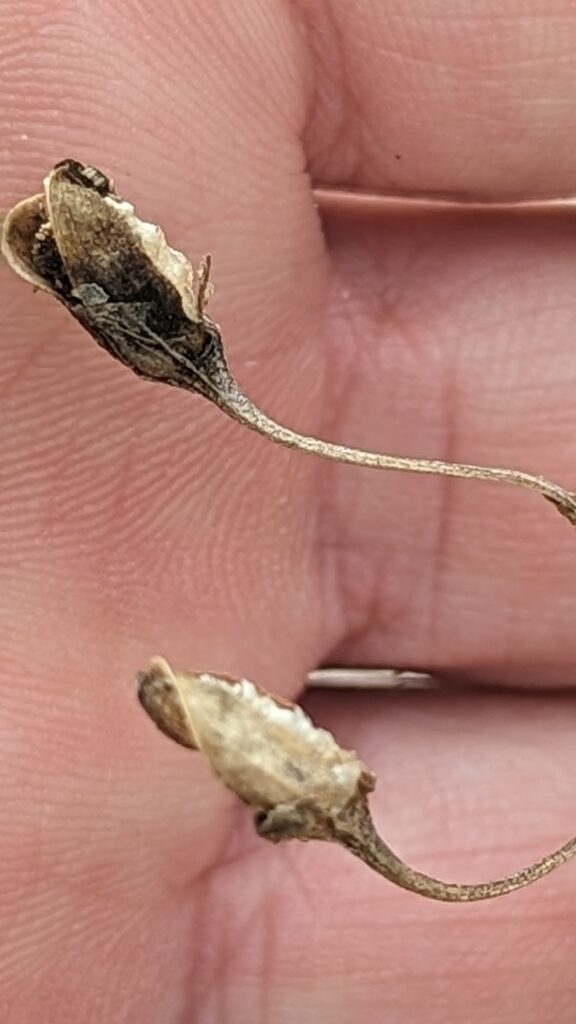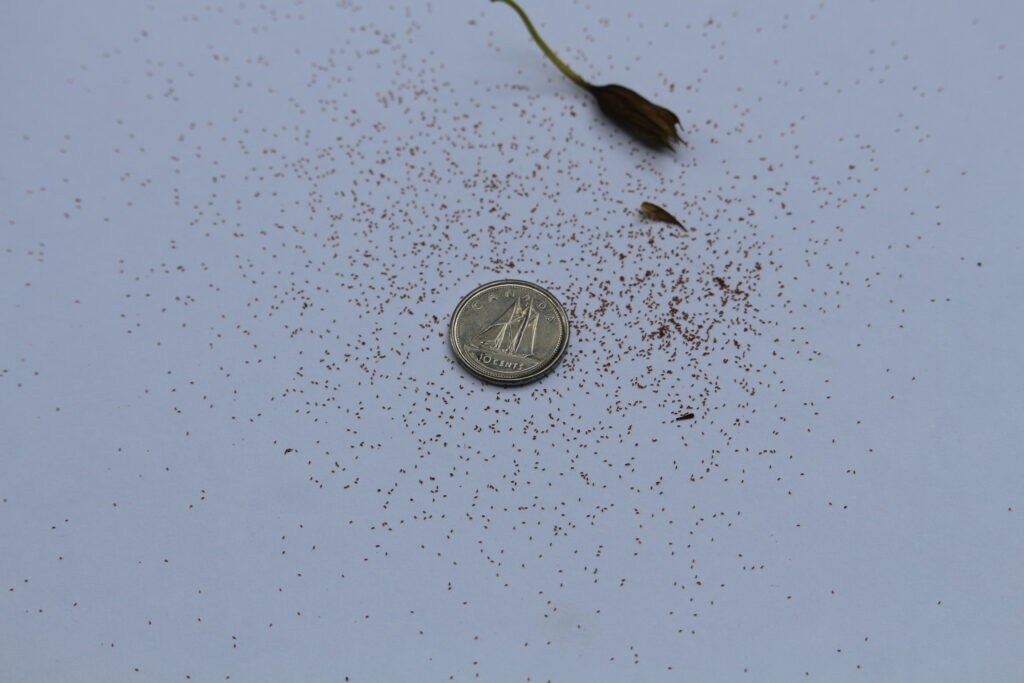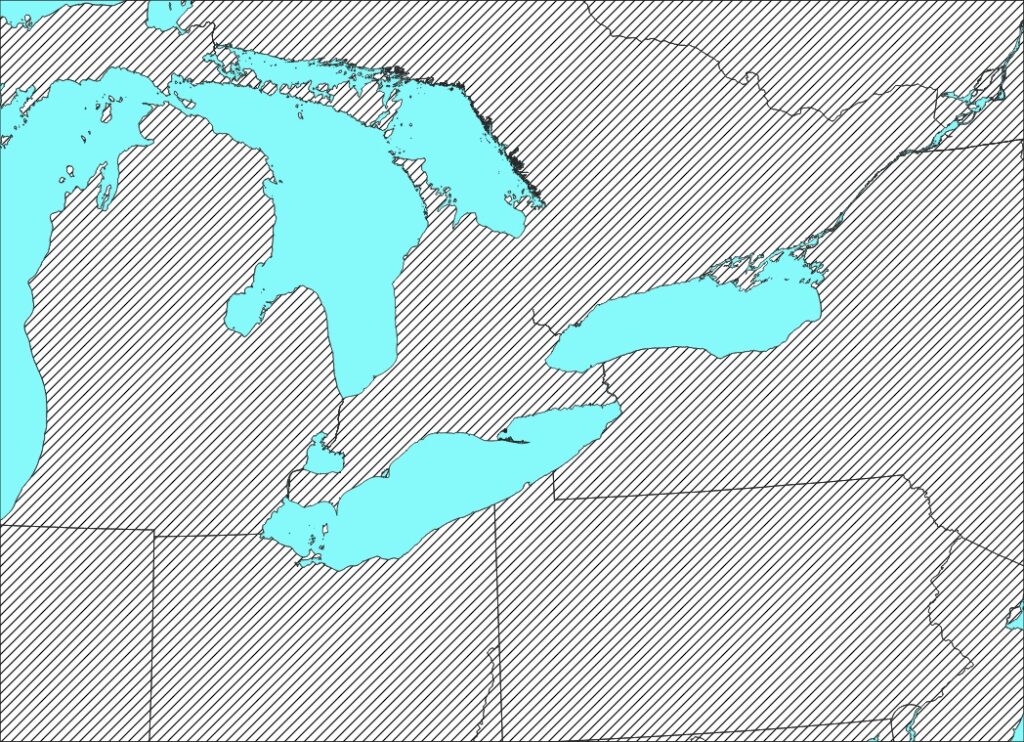During the spring, summer and early fall, it’s not much of a challenge to decide which plants to choose as the Plant of the Month – I just take a look in my garden and see what’s blooming and pick one. By late in the fall and through early winter, when there is little left in the garden, it’s a lot tougher. But this month’s choice just jumped out at me. Perhaps because of its long bloom period. Perhaps because of its quirky name (Monkey Flower). Or maybe because, as winter threatens here in southern Ontario in mid-November, I’m longing for summer – and this is definitely a summer plant. But whatever the reason, if you have a moist, sunny to part shade spot in your garden (it’s an excellent rain garden choice), Monkey Flower is an easy to grow native that is also a butterfly (and moth) host plant.

Scientific Name: Mimulus ringens
Common Name: Monkey Flower
Family: Phrymaceae (Lopseed Family) [formerly – Scrophulariaceae (Figwort Family)]
Alternate Common Names: Allegheny Monkeyflower, Sessile Monkeyflower, Square Stemmed Monkeyflower
Plant description: Monkey Flower has 4-angled, light green stems that are usually branched. Opposite leaves clasp the stem, each measuring up to 10cm long and 2.5cm wide. Leaves are lanceolate in shape with finely toothed margins, pointed tips and rounded bases. Flowers develop on long stalks from the leaf axils (where the leaf meets the stem) and each measure up to 2.5cm long. Each flower has 2 upright upper petals while the lower lip has 3 rounded petals with the middle one arching into the mouth of the flower. You will notice 2 pale yellow marks at the base of the middle petal. All 5 petals fuse at their bases to form a tube that is connected to a 2.5cm long whorl of sepals with 5 long teeth. Flowers mature into rounded seed capsules that contain many very tiny seeds.



In the Garden: Monkey Flower adds a wonderful, refined look to wet sites and will spread slowly by rhizomes to take on a bushy look once mature. Its snapdragon-like flowers have a long bloom time which is great for bees and gardeners alike. The dried seed heads provide great textural interest over winter months.



Skill level: intermediate
Lifespan: perennial
Exposure: full sun, part shade
Soil Type: rich loamy soil
Moisture: wet, moist
Height: 30-90 cm
Spread: 20-30 cm
Bloom Period: Jun, Jul, Aug, Sep
Colour: violet
Fragrant (Y/N): N
Showy Fruit (Y/N): N
Cut Flower (Y/N): N
Pests: no serious insect or disease problems
Natural Habitat: wet, often muddy areas such as shorelines, swamps, drainage ditches and wet meadows and is typically found in areas that are prone to occasional flooding or standing water
Wildlife value: Bumblebees are one of the few insects that are strong enough to force their way into the partially closed throat of the corolla as they seek nectar.
Butterfly Larva Host Plant For: Common Buckeye (Junonia coenia) and Baltimore Checkerspot (Euphydryas phaeton)


Moth Larva Host Plant For: Chalcedony Midget (Elaphria chalcedona)
USDA Hardiness Zone: 3-8 (this is the average range – my research revealed that values range from 2, 3 or 4 at the low end to 7, 8 or 9 at the high end, depending on the source)
Propagation: Direct sow in late fall or cold moist stratify for 60 days if starting indoors. The seeds need light to germinate so simply press the seed into the surface of the soil and do not cover. Be patient, as the seeds are slow to germinate. New plants may also be started from stem cuttings.

Additional Info: Because bumblebee pollinators of Monkey Flower favour Purple Loosestrife (Lythrum salicaria), it has been shown that where the two plants coexist Monkey Flower populations decline.
Native Range:
